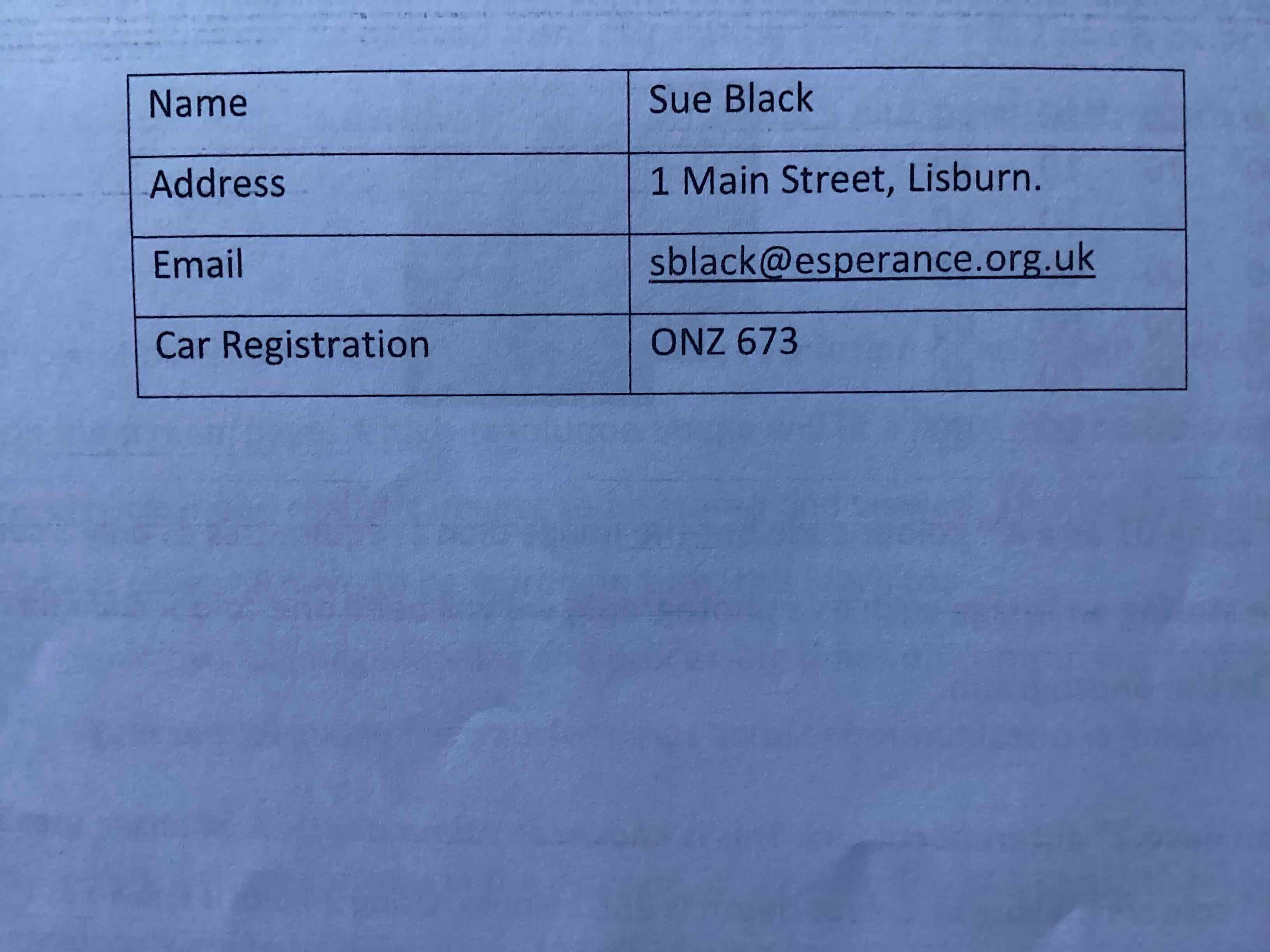Digital Data
1/16
There's no tags or description
Looks like no tags are added yet.
Name | Mastery | Learn | Test | Matching | Spaced |
|---|
No study sessions yet.
17 Terms
“What is data?”
Data is raw facts and figures which are meaningless as they have not been processed. Information is data in a context that has meaning added, so data that has been processed.
“What are the units of storage?”
Bits,nibbles,bytes,kilobytes,megabytes,gigabytes and terabytes are all used to describe DISK SPACE , STORAGE or THE CAPACITY OF A SYSTEM’S MEMORY.
Bit
A ‘bit’ is short for BINARY DIGIT. It is the smallest unit of data that can be stored by a computer.
“Each bit is…?”
Represented as a binary number , either 1 or 0.
Nibble
A NIBBLE is the term given to a group of 4 bits. Therefore , TWO NIBBLES make a BYTE.
Byte
A BYTE CONTAINS 8 BITS. A single keyboard character (letter,digit or special character) that you type, takes up ONE byte of storage.
Kilobyte
A kilobyte is 1024 BYTES. This is enough to store 1024 characters on screen.
Megabyte
A megabyte is 1024 KILOBYTES.
Megabyte examples?
A megabyte would be able to store around 300 typed essays.
A 10 slide presentation with an image on each slide and a theme could be 2-3 megabytes.
An MP3 song could be 3-5 MB in size.
Gigabyte
A Gigabyte is around 1024 megabytes.
Megabyte examples?
1 GB could hold a classroom wide shelf of books.
A DVD film would hold 4-8GB.
Hard disks are measured in GB typically 160GB.
Terabyte
A terabyte is 1024 gigabytes. High end hard disks useful for network backups.
Numeric data (Integer and real)
A numeric data type contains numbers. An INTEGER is a whole number, positive or negative. A random example is 24,1000,-12,87,-60. A REAL numeric data type is a number that contains a decimal point. It can ALSO be positive or negative. Another random example is 1.34,8.5,-4.53,1.0,0.90
Date/Time
This is a data that allows a date or time to be stored. A date and time can be in many different formats.
Examples for dates and time:
18,12/2016, 18-12-16, 18th December 2016.
Time: 9am, 21:12:05, 23:00.
Character:
A letter, number and symbol are all known as a character. Programming languages use the data type character or ‘char’. It takes up ONE BYTE of storage.
String
This is Lao sometimes known as ‘text’ or ‘alphanumeric’. A string allows letters, numbers, punctuation marks and symbols to be entered.
